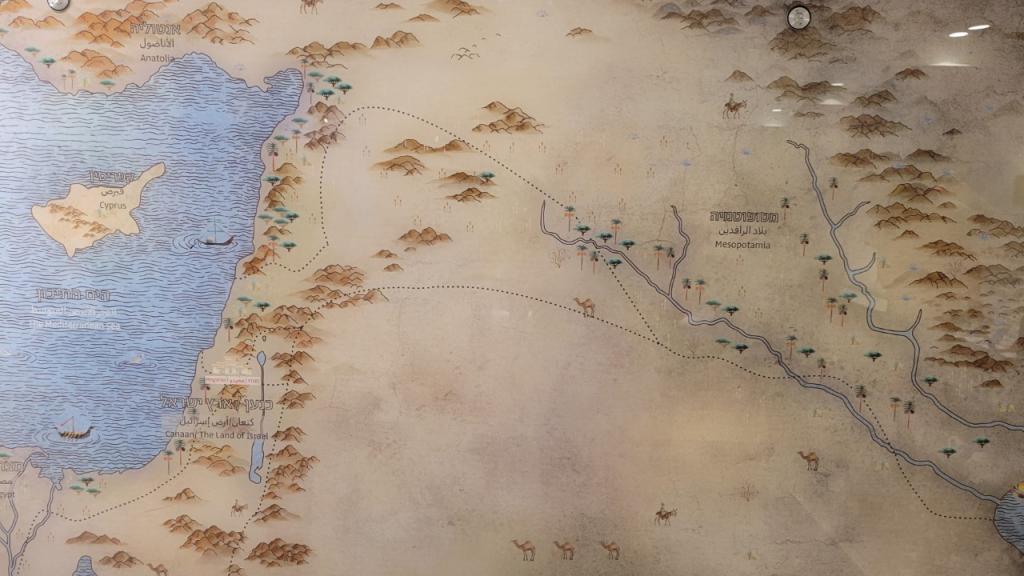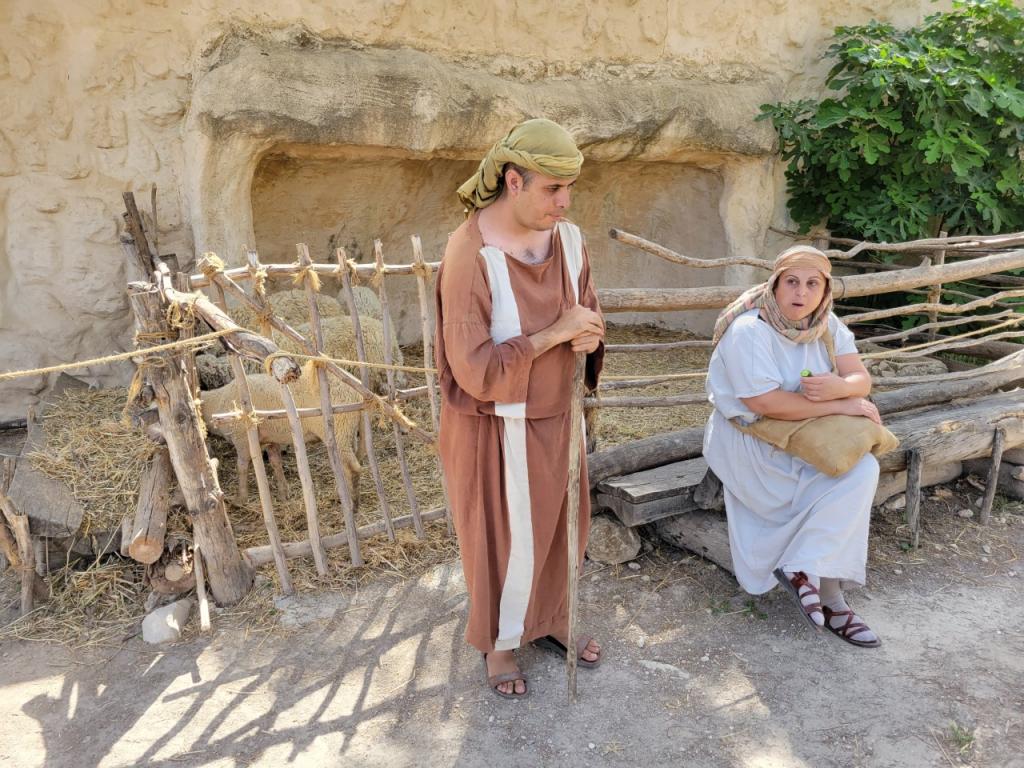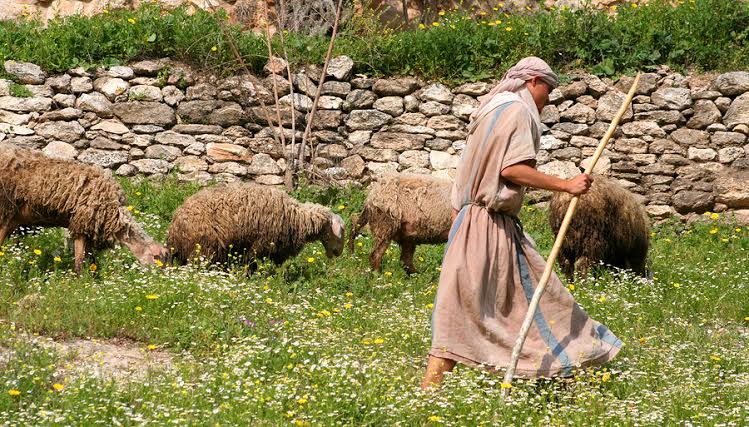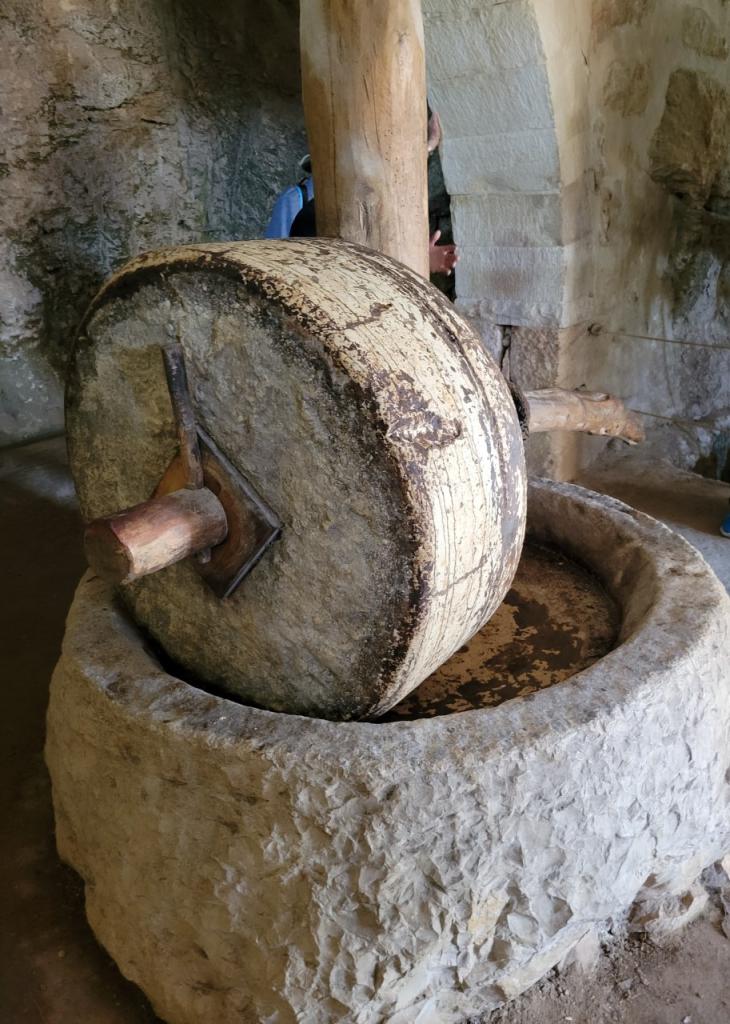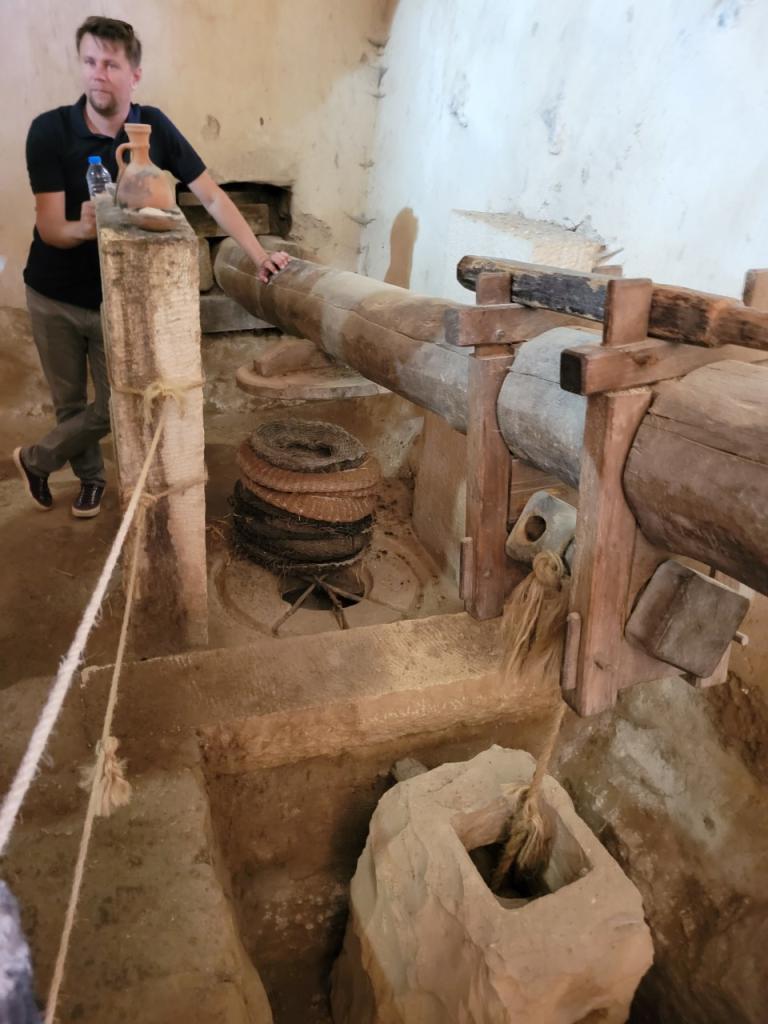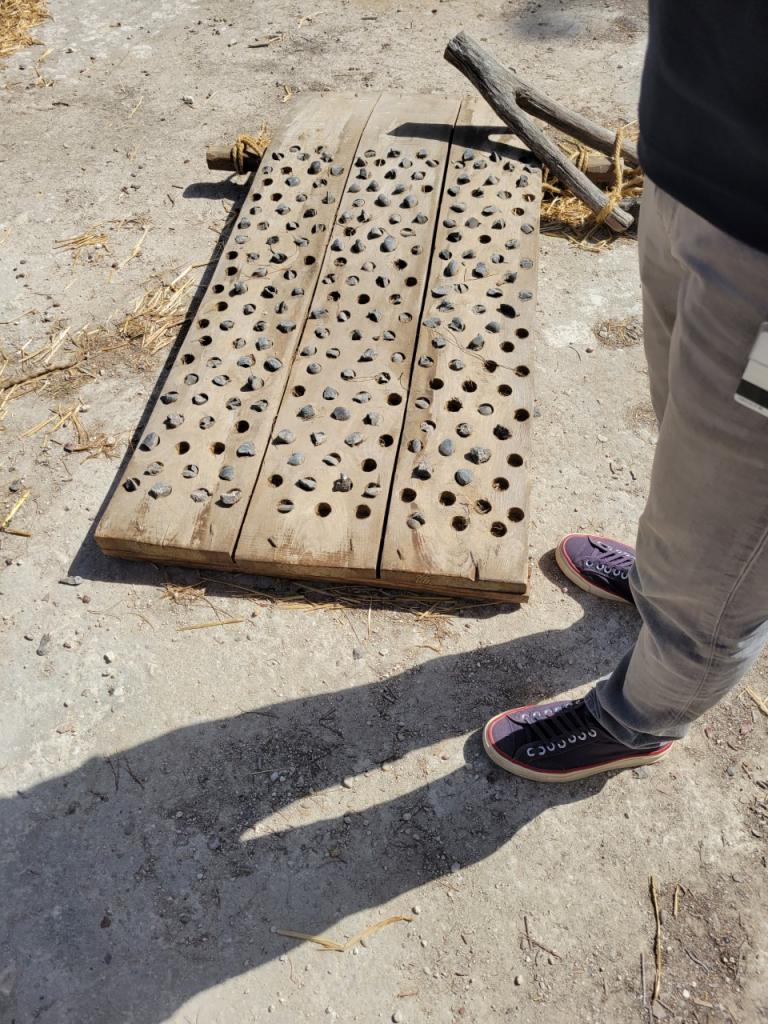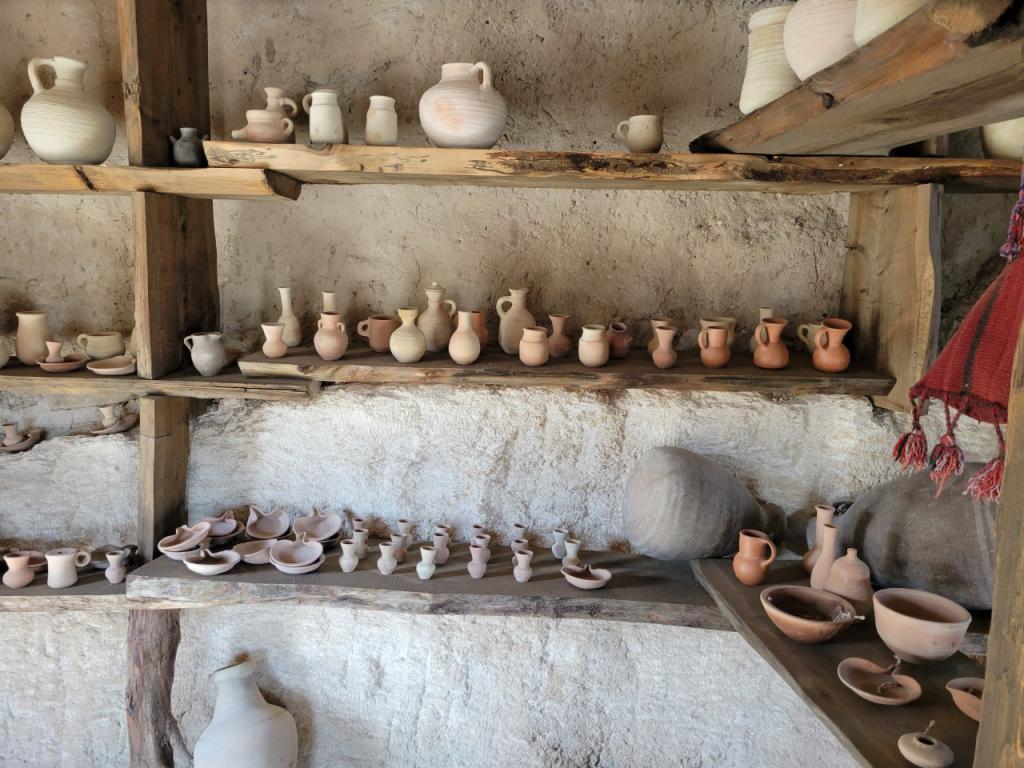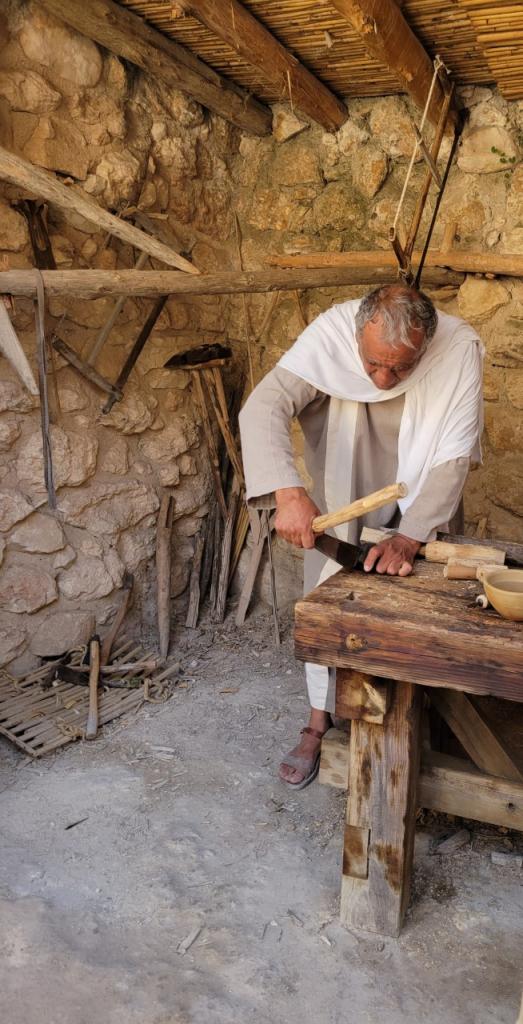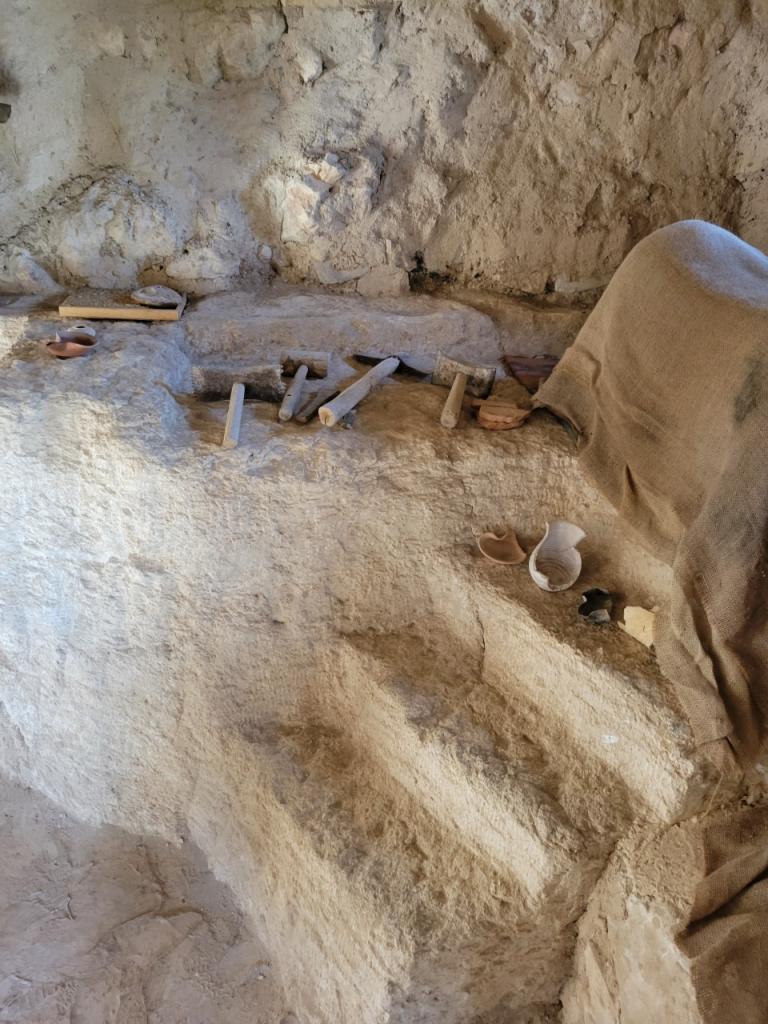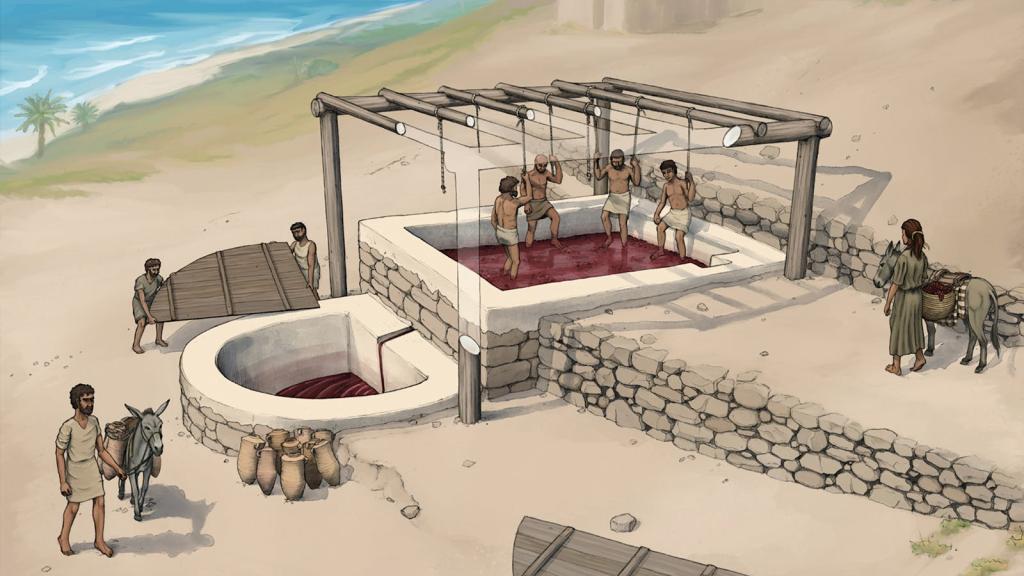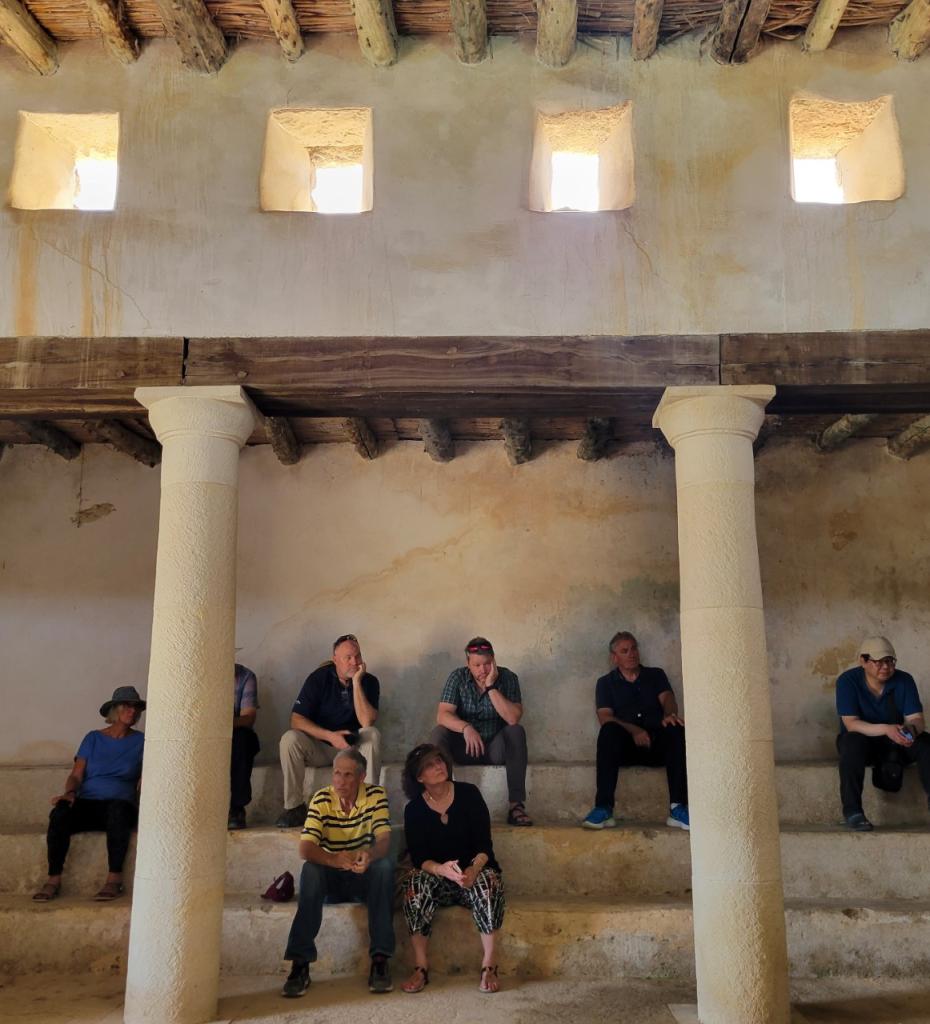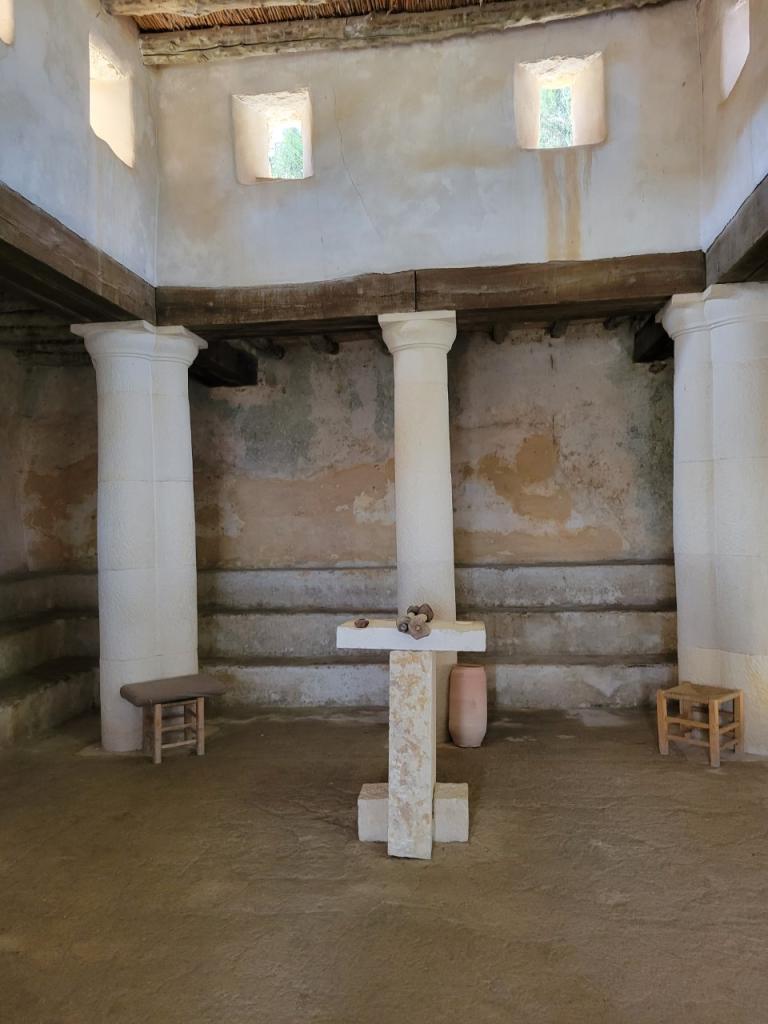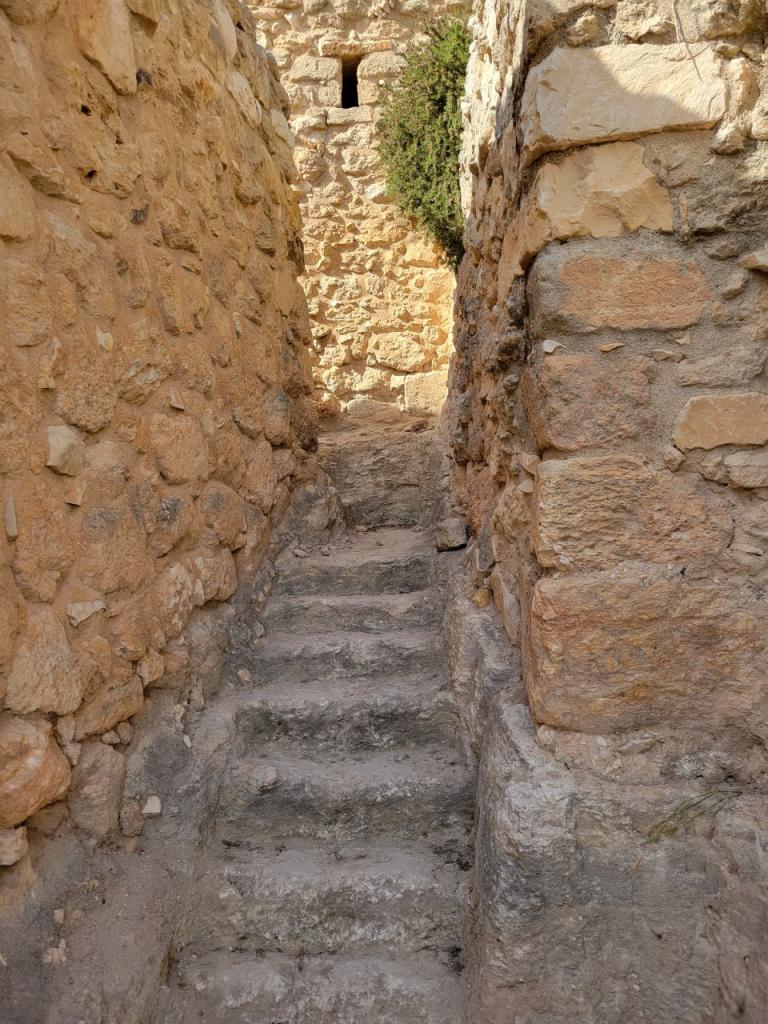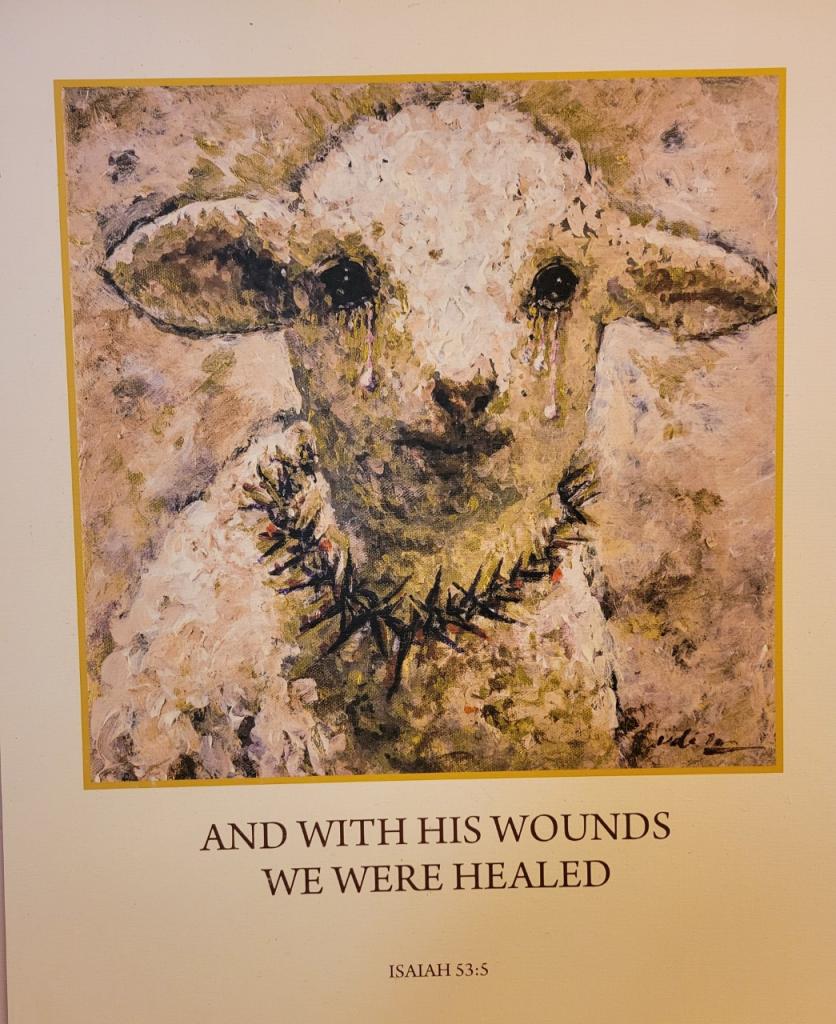Having been to Israel numerous times since 1985, I will focus on some things I’ve not posted, or not posted much about on the blog, for instance what’s in the Israeli museum. But perhaps first it will be wise to present you with the recreation village, Nazareth village, to give you a sense of daily life in Jesus’ day and hometown. The site is located right in the middle of downtown, and it is amazing they got this land to do this recreation. Kudos to the local city officials that allowed this to happen now many years ago.
Perhaps a general map of the area would be a good place to start. Israel is but 120 miles north to south (not counting the modern beach resort at Eilat on the Red Sea) and about 60 miles east to west at its widest point. But it is a very valuable piece of land as it is the land bridge between Egypt and Anatolia to the north, and Mesopotamia to the west.
Jesus spent precious little time outside those small borders (a bit as an infant in Egypt, a bit due north to Tyre and Sidon or Caesarea Philippi, and to Gerasa to the west). Basically his ministry was in Galilee, and he made repeated trips to Judaea and Jerusalem. We have no record of his ever going to places like Hebron or Beersheba in the south of the land during his adult years. Here is what his mother and dad might have looked like, except more dark skinned. They got married an an early age, which was common in that era.
We are told that Joseph was a ‘tekton’, which means an artisan. From the archaeological work done in this region, this would mean someone who was basically a builder using limestone for houses, and some wood for doors and tables. Carpenter is too specific a term, and suggests in English at least a person who primarily worked with wood. This is unlikely to be the case with Joseph or Jesus. He primarily would work with stone, and it is not incidental that Jesus talks about stones that the builders rejected and there are other stone references in his discover (e.g. a millstone tied around someone’s neck). Nazareth as a town or village would have been small, and most persons would have been agricultural workers, raising sheep and crops, chiefly wheat.
Life revolved around the home, the fields, the wine and olive presses at harvest time, and of course the synagogue. Here are some shots at olive presses..
Olive trees were capable of producing a lot of olives with the right amount of rain during the rainy seasons (the early and later rains) and sun the rest of the time.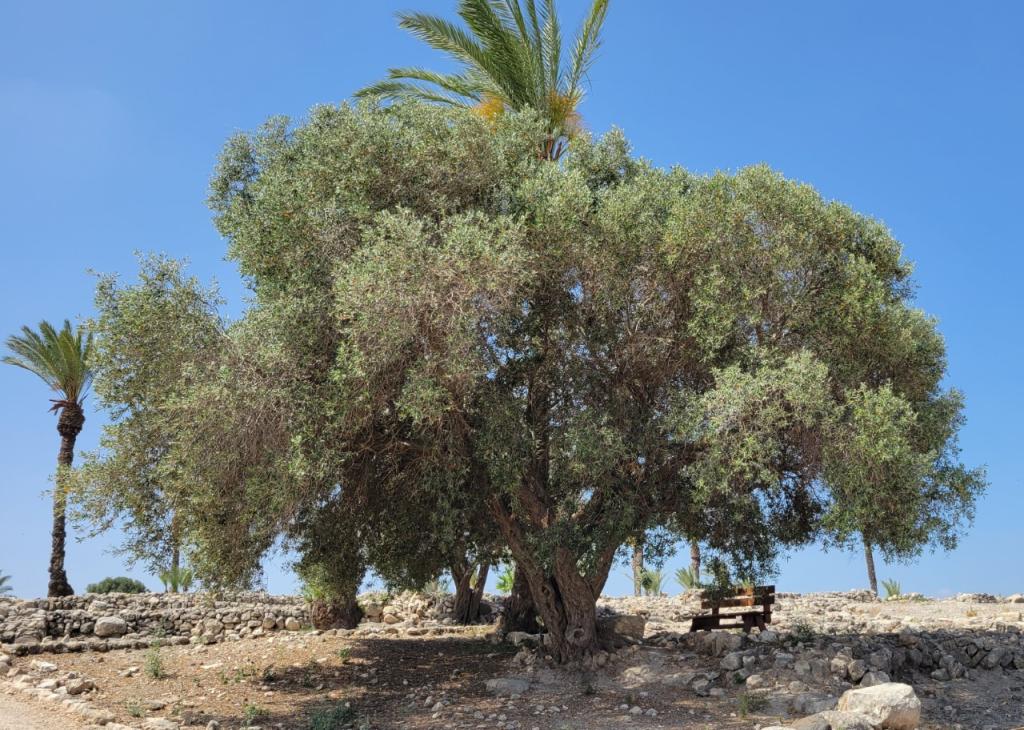
How was the land plowed? There were several things one could drag along or through the ground, like this…
There was a constant need for artisans to make clay pots, as well as stone and wood objects..
Here a drawing of what the process looked like.
Here is the synagogue in Nazareth village
Houses and stairs and public buildings were made of stone and mud, and sometimes brush or wood was used for roofs as well as doors…
There would also be a nearby cemetery, usually cave tombs…
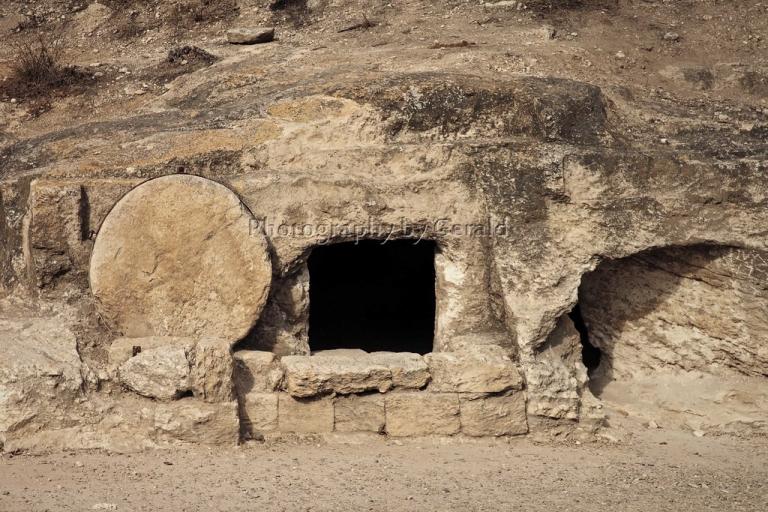 This is the town where Jesus, the lamb of God grew up until he was about 30.
This is the town where Jesus, the lamb of God grew up until he was about 30.


